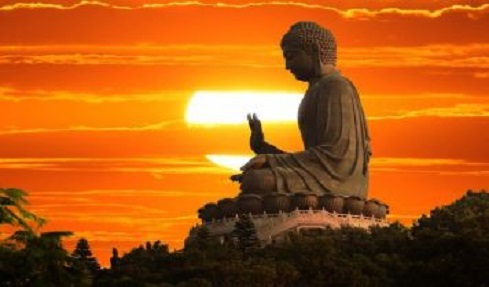To eliminate innate attachment to permanence, we should contemplate continuous impermanence. This is because a lot of undesirable thoughts, afflictive emotions, and karmic formation come entirely from our ongoing adherence to things being permanent. For instance, if we think a car can last a long time and is useful until such time it breaks down, the desire to own a car will arise; we may take any number of measures, even theft, robbery, and fraud, to realize this goal, thereby creating bad karma from killing, lying, etc.
The source of afflictions, karmic formation, and all such problems is the attachment to the car, while the cause of this attachment is our adherence to permanence. If the latter is not eradicated, we cannot resolve the problems mentioned above.
~ Depicted from THE FOUR SEALS OF DHARMA : All Composite Phenomena are Impermanent











